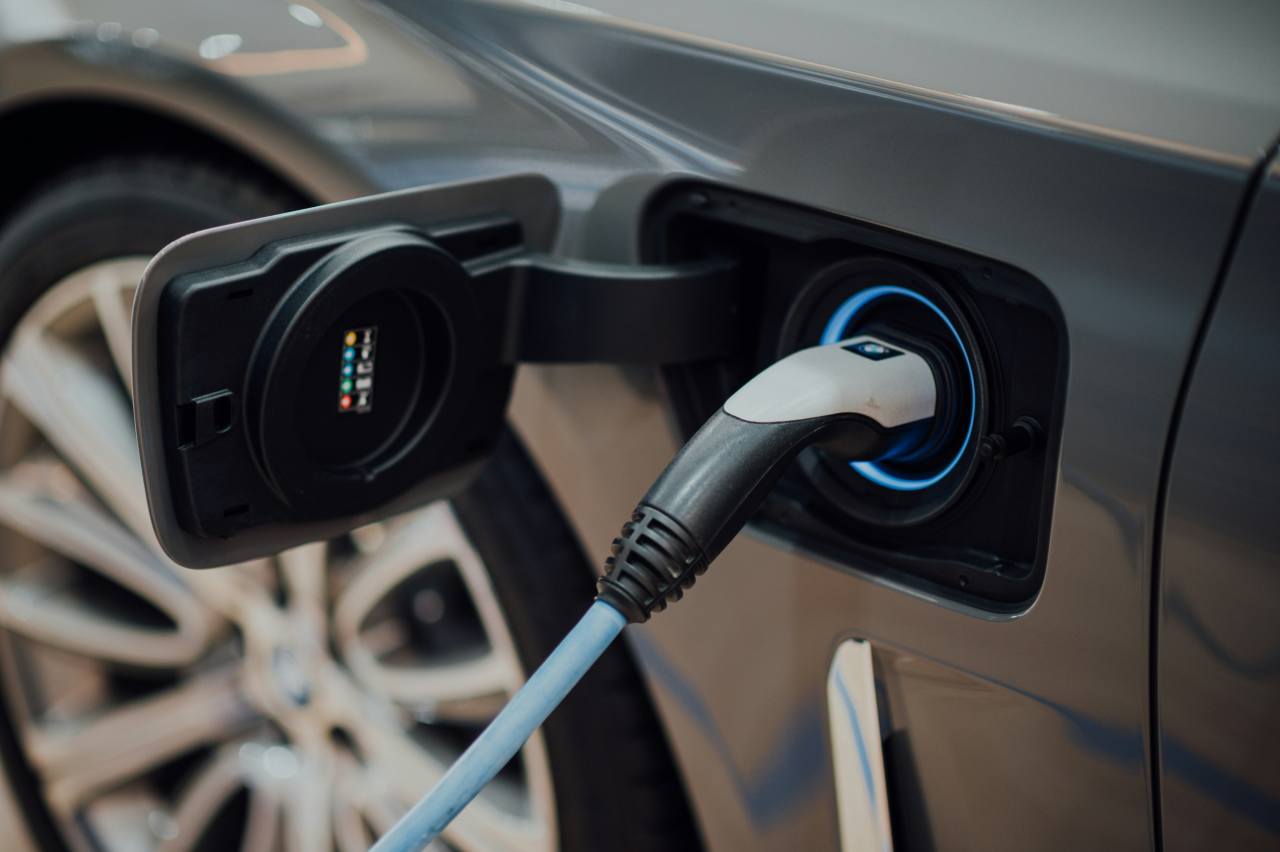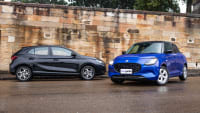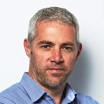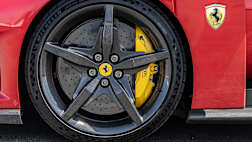Since strutting onto the global stage 19 years ago, with the not-so-humble aim of becoming both a car manufacturer and a technology company, Tesla, and its high-profile boss Elon Musk, has become as synonymous with electric vehicles as Apple is with smartphones.
Like Apple, Tesla is now seen as a lifestyle choice, generating both passionate fans who believe the company can do no wrong, and equally passionate detractors who delight in pointing out Tesla’s flaws.
Regardless, the success of Tesla has made CEO Musk a very wealthy man, adding $175 billion to his bank account in 2021, his current net worth being a staggering $369 billion (a considerable return on his initial investment in Telsa in 2003, which was a relatively paltry $6.5 million).
Musk was appointed Tesla CEO in 2008, the same year that the first Tesla EV, the Roadster, went into production after Tesla raised $187 million in capital ($70 million of which came out of Musk’s own pocket).
The Tesla Roadster was a two-door sports car with a chassis lifted from the Lotus Elise, coming with a top speed of 201km/h and 393km of driving range. It was the first highway legal, serial production all-electric car to use lithium-ion battery cells, and approximately 2,450 were delivered around the globe before Tesla ceased production of the Roadster in 2012.
The next Tesla electric car arrived the very same year in the form of the Model S, a plug-in, full-electric luxury sedan compatible with both home charging on a wallbox or charging at a designated Tesla Destination location or Tesla Supercharger station.
September 2015 saw Tesla enter the SUV market with the Tesla Model X, which shared about 30 per cent of its parts, and its platform, with the Model S. After 12 months on the market, it was ranked seventh among the world’s best-selling plug-in cars.
The Model 3 sedan, designed for the mass market and cheaper than previous Tesla models, landed in 2017, after multiple production delays, going on to become 2018’s best-selling plug-in EV in the world.
The Model Y, a compact crossover utility vehicle, arrived in early 2020.
More recently, 2021 was a huge year for Tesla: the company delivered 936,172 vehicles in total, marking an 87 per cent rise year over year (YOY).
From January to July 2022, Tesla delivered 564,743 cars worldwide (up 46 per cent YOY), with Musk claiming in August that Tesla had sold more than 3 million cars to date.
Tesla is the world's most valuable car brand, with a value of roughly $109.5 billion. It’s a staggering feat for a company that seemed like David taking on the many Goliaths of car world when it launched, less than two decades ago.
As of July 2022 there are 26,500 Teslas on Australian roads, with Tesla Chair Robyn Denholm predicting that number may double by the end of 2022.
Tesla EVs available in Australia
Model 3
.jpg)
Tesla’s Model 3 has the honour of being the highest-selling EV of all time, with it passing the milestone of being the first EV to sell over a million units in June 2021 (it’s also currently the highest-selling EV in Australia). There are currently three different variant of the Model 3: Rear-Wheel Drive (491km driving range), Performance (547km driving range) and Long Range AWD (602km driving range).
Model S
.jpg)
Tesla’s flagship EV comes in two variants: an entry-level variant with a driving range of 652km and a top speed of 250 km/h, and the Plaid - named after a gag in the Star Wars film spoof Spaceballs where “plaid” is the only speed faster than “ludicrous” - which has a range of 637km, the (claimed) ability to go from zero to 100km/h in 2.1 seconds and a top speed of 322km/h (the Plaid is likely to land in Australia in 2023).
Model X

Notable for its “falcon-wing” rear passenger doors, which open vertically, the Model X mid-size SUV comes in five, six and seven-passenger configurations. The entry-level variant has a range of 560km, while the Plaid offers a reduced range of 536km, but a quicker 0-100km/h time (2.6 seconds, compared to the entry level’s 3.9 seconds). Each model comes with Tesla’s Autopilot driver-assistance system, which enables the vehicle to steer, accelerate and brake automatically within its lane under the driver’s active supervision. ”Autopilot” might be a bit of a misnomer, then.
Model Y
.jpg)
This compact crossover utility vehicle is built on the Model 3 platform, but don’t be fooled by the “compact” bit: it’s actually larger than the 3 (in other markets, it can squeeze in three rows of up to seven people, but not here, yet). It also comes in two variants: Rear-Wheel Drive (455km range, 217km/h top speed) and Performance (all-wheel drive; 514km range, 250km/h top speed).
What’s next for Tesla?

Elon Musk’s mission to be an environmental saviour who eradicates the world’s fuel-chewing cars and hybrids shows no signs of slowing down, with more EVs from Tesla on the way.
First is the famous, and extremely pointy, Cybertruck, which looks a bit like it was designed by a 13-year-old boy with a love for 1980s science fiction films. There will also be the option to purchase the Tesla Cyberquad (a 4WD electric quad bike) with the Cybertruck, which makes it sound even more like a teenage boy’s fantasy.
Other announced models include the Tesla Semi (a semi-trailer truck, as you’d likely guess), plus the second generation of the Tesla Roadster, due for arrival in 2023, with Musk promising a whopping range of 1000km and a blistering top speed of 400km/h. Yes, that does sound absurd, but Musk, and Tesla, does have a habit of making the seemingly impossible plausible.






.jpg)
.jpg)

.jpg)


.jpg)

.jpg)
_1.jpg)






.jpg)
